NGORONGORO CONSERVATION AREA
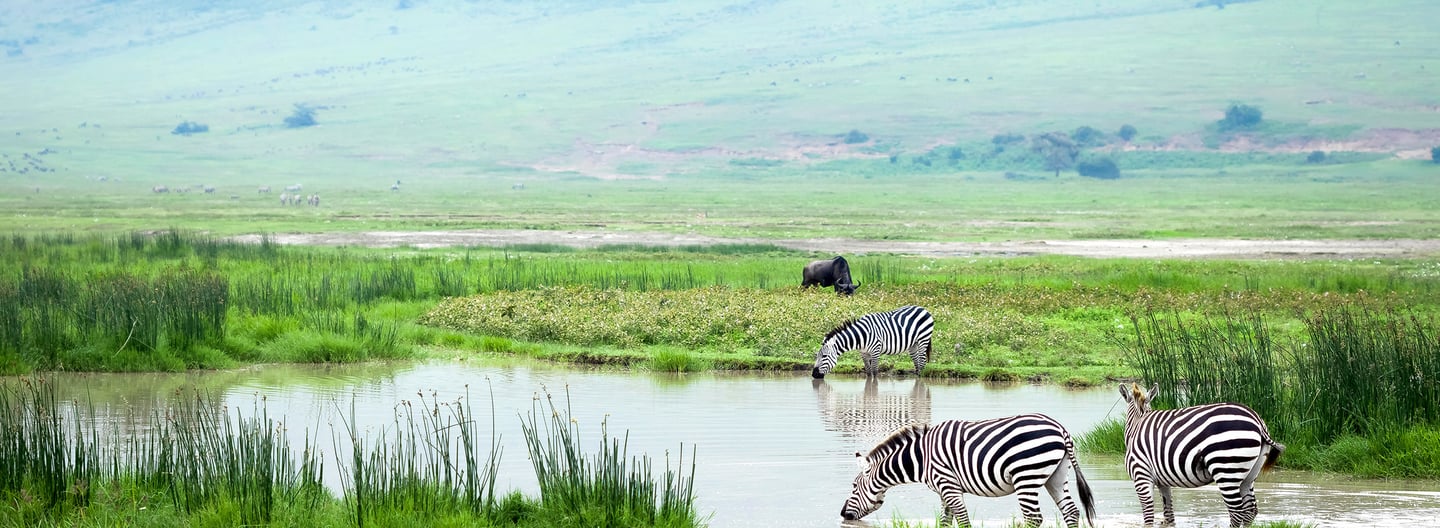

Ngorongoro Conservation Area, which includes the Ngorongoro Crater, is a UNESCO World Heritage Site located in Tanzania. It's renowned for its incredible biodiversity, stunning landscapes, and the presence of the Ngorongoro Crater, a unique geological formation.
WHAT TO DO IN NGORONGORO CONSERVATION AREA
Ngorongoro Crater
The Ngorongoro Crater is the main highlight of the park. It's a massive volcanic caldera that has created a self-contained ecosystem with a high concentration of wildlife. The crater floor is home to a variety of animals, including the Big Five (lions, elephants, buffaloes, leopards, and rhinoceros), as well as zebras, wildebeest, hyenas, and more.

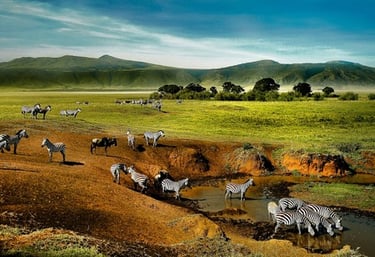
Wildlife Viewing
The Ngorongoro Crater offers exceptional opportunities for wildlife viewing due to its relatively small size and the concentrated animal populations. It's often referred to as a "natural enclosure" because the steep crater walls serve as barriers, making it easier to spot animals.
This archaeological site is often referred to as the "Cradle of Mankind" due to the numerous ancient hominid fossils found here, shedding light on human evolution. There's a small museum at the site that provides insights into early human history.
Olduvai Gorge

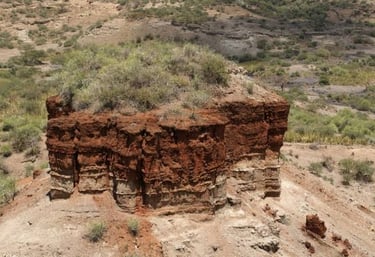
Empakaai Crater
This lesser-known crater within the conservation area offers a unique experience. It's a great place for birdwatching and has a lake at the bottom that's frequented by flamingos.


Maasai Culture
The Maasai people have lived in the Ngorongoro Conservation Area for centuries. You can visit Maasai villages and engage with the local communities to learn about their traditional way of life, culture, and customs.
The rim of the Ngorongoro Crater offers breathtaking panoramic views of the crater floor below. The viewpoints provide excellent photo opportunities and a chance to appreciate the beauty of the landscapes.
Scenic Views

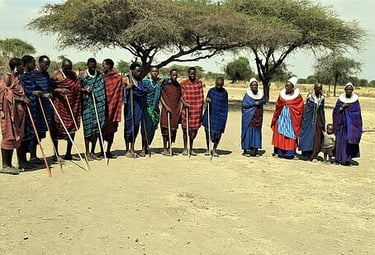


Photography
The unique landscapes, diverse wildlife, and dramatic crater setting make Ngorongoro Conservation Area a photographer's paradise.

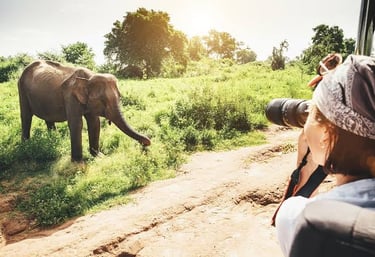
Hiking
There are various hiking opportunities in the area, including walks along the crater rim and into the Empakaai Crater. Guided hikes can provide insights into the flora, fauna, and geology of the region.
Some lodges and organizations offer guided tours that focus on the conservation efforts and ongoing research projects in the area. These tours provide insights into the challenges and successes of preserving the ecosystem.
Conservation and Research
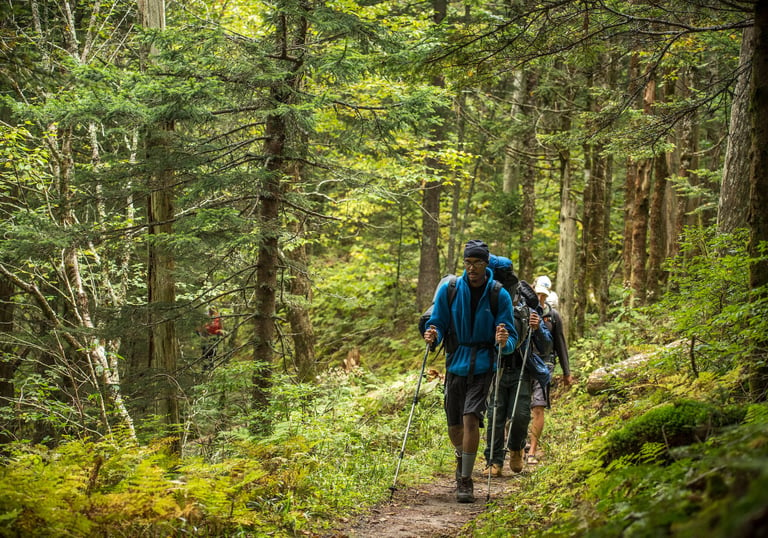

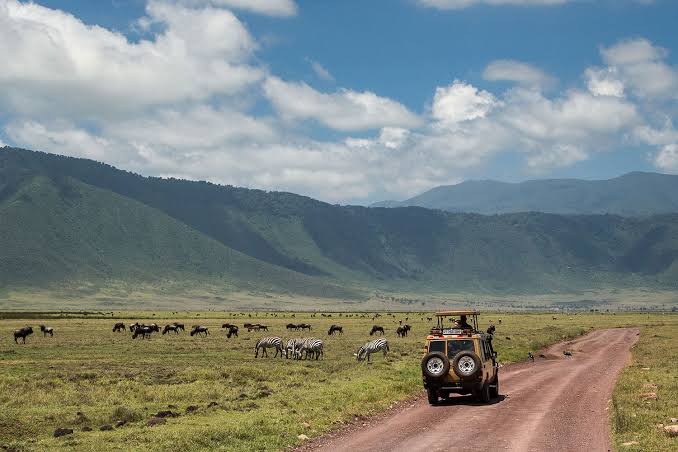

Camping
Some campsites within the conservation area offer the chance to camp under the stars in a remote and scenic setting.
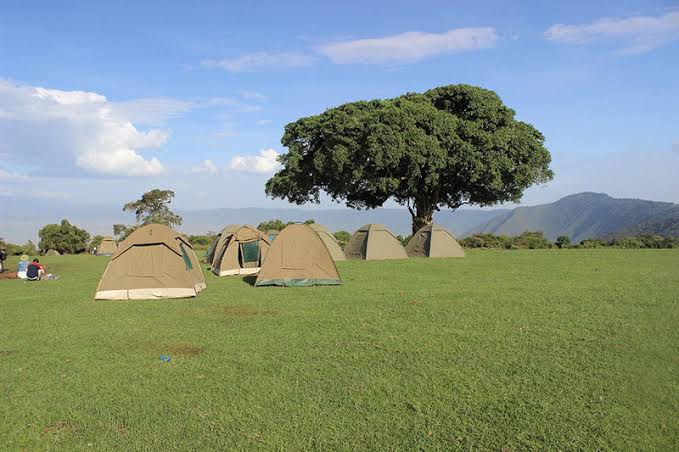

BEST TIME TO VISIT NGORONGORO CONSERVATION AREA

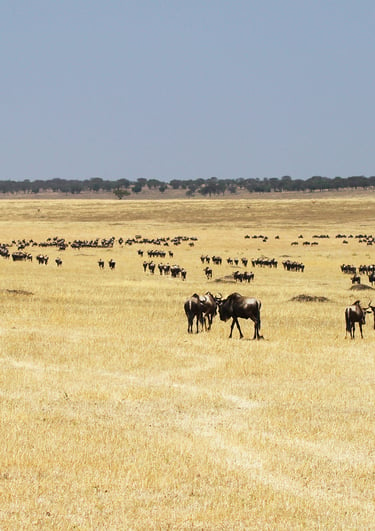
Dry Season (June to October)
This is generally considered the best time to visit Ngorongoro Conservation Area.
The weather is dry, and the skies are clear, providing excellent visibility for wildlife viewing and photography
Crowds are generally higher during this period, especially in July and August.
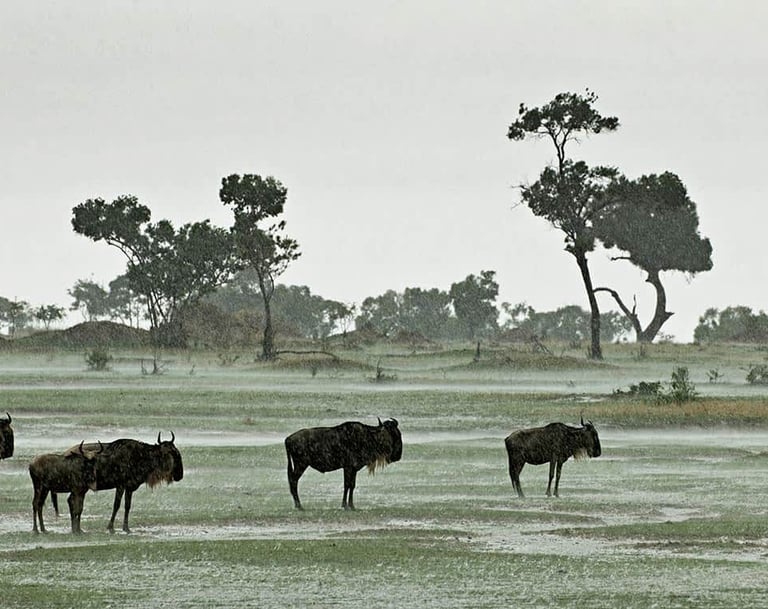

Wet Season (November to May)
This period experiences heavy rains, and some lodges and camps may close due to impassable roads and safety concerns.
Wildlife is still present, but it can be harder to spot due to the dense vegetation.
If you don't mind occasional rain and want a quieter experience, you can visit during this time.
